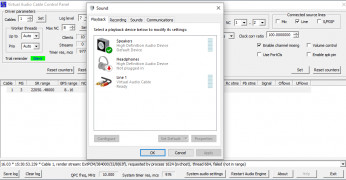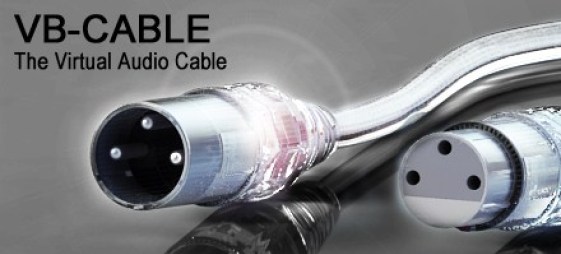

Virtual Audio Cable is a handy tool for any user who wants to record sound on their computer. The configuration options let you alter more than a dozen different variables, so you get the best possible sound output however, this sometimes requires a few minutes of trial and error. Thereby, for example, you can record everything coming from your speakers without any loss of audio quality (a very common problem). Then you can link this virtual device to whatever program you want. You will be able to connect any external device to your computer, whether it be a stereo or musical instrument, and create a virtual device on your computer. You can download its trial or lite version, or purchase the full version from this link.Virtual Audio Cable is a tool that lets you create a number of virtual audio playback or recording devices, so you can use them with any other program without even the slightest loss in audio quality. Otherwise, there is no functionality restriction compared to the full version. With the trial version, a female voice starts to say ‘trial’ after 30 minutes. You can download two VAC versions: fully-functional trial version, and feature-limited Lite version. VAC works in Windows XP, Vista, 7, 8, 8.1 and 10. Bring multi-client feature to any audio device that has not such feature.Remap audio channels (scatter channels to a stream or gather channels from a stream).Convert audio data from one format to another in real time.Digitally distribute (share) an audio stream among several recording applications.Digitally mix several audio sources together and route resulting audio stream to a recording application.Record bitperfect digital audio data produced by applications that don’t create WAV files, sending audio only to MME/Wave, WASAPI, DirectSound or WDM/KS Audio device in real time.For example, you can connect a browser to Audacity and record sound played by a webpage, in real time, without quality loss you can route input and output signals to/from Skype from/to some recording/playback applications.


For example, you can connect a player application to a sound processors and then connect a processor to an analyzer or a meter application to investigate the audio signal.

Connect two or more audio applications into a chain where each next application receives an audio signal produced by a previous application.


 0 kommentar(er)
0 kommentar(er)
